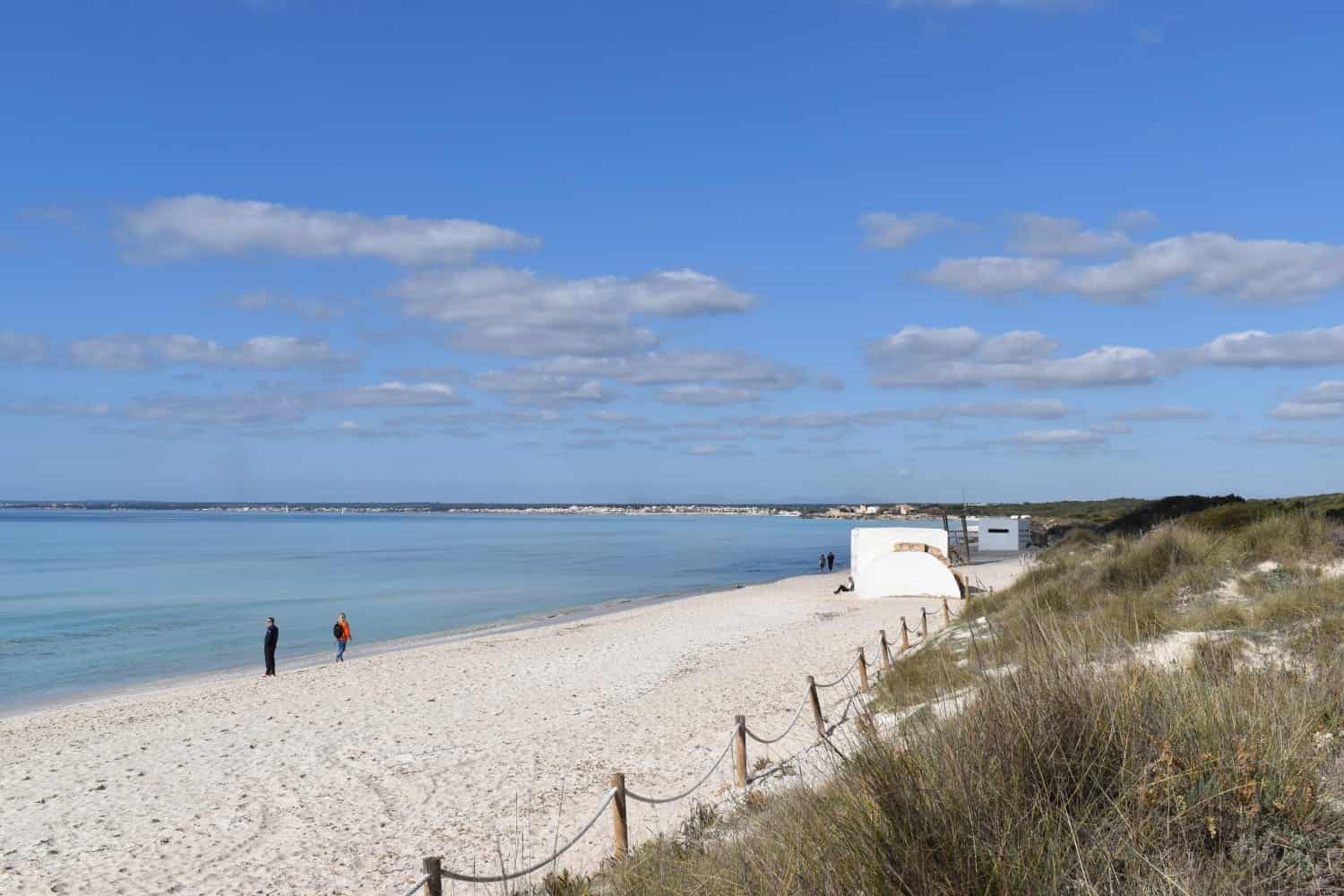It will be the same coastal dynamics that will discern the sand from the remains of Posidonia, which will serve to provide sediment to this beach area.
TDB keeps you informed. Follow us on Facebook, Twitter and Instagram
Medio Natural
The Conselleria de Agricultura, Pesca y Medio Natural has begun the tasks to remove the piles of posidonia accumulated for decades in S’Arenal de Sa Ràpita, in the Maritime-Terrestrial Natural Park Es Trenc – Salobrar de Campos, and return to the sea these remains of posidonia that are mixed with sand. Thus, to incorporate it back into the dune system, this pile of posidonia will be mechanically dismantled and each shovelful will be poured back into the sea, specifically in the area where the waves are coming and going. Previously, the waste found there will be removed, which will then be managed appropriately.
With this action to be carried out, it will be the same coastal dynamics that will distinguish the sand from the remains of posidonia. Thus, the tons of sand that are returned to the sea will serve to provide sediment to this beach area, which is in retreat because of a series of local anthropogenic impacts that occurred in the past and that still occur every year. In addition to the incipient rise in sea level due to climate change.
In the area called Sa Mareta de S’Arenal de Sa Ràpita, coastal ponds were created as a result of the flooding episode suffered by Migjorn and Levante de Mallorca during September 1989. Subsequently, during the nineties and the first decade of the 2000s, in front of these ponds and within the dune system, the remains of posidonia mixed with sand were accumulated, year after year, which were extracted throughout the year from the beach by machinery. The result is that for almost twenty years now there has been an accumulation of about 4 meters in height and about 750 m2 of posidonia remains in the wetland area, containing a large amount of sand. It should be emphasized that, at present, this retained and non-mobile sand is not useful to recover the balance of the entire beach-dune system.
Another of the purposes of this action is to eliminate the potential risk of flooding of the whole area, since if episodes of rainfall similar to those of 1989 were to occur again, this pile of posidonia would act as a stopper and would not allow the runoff water to flow into the sea. These tasks have started this Friday and are expected to be completed in about ten days.
